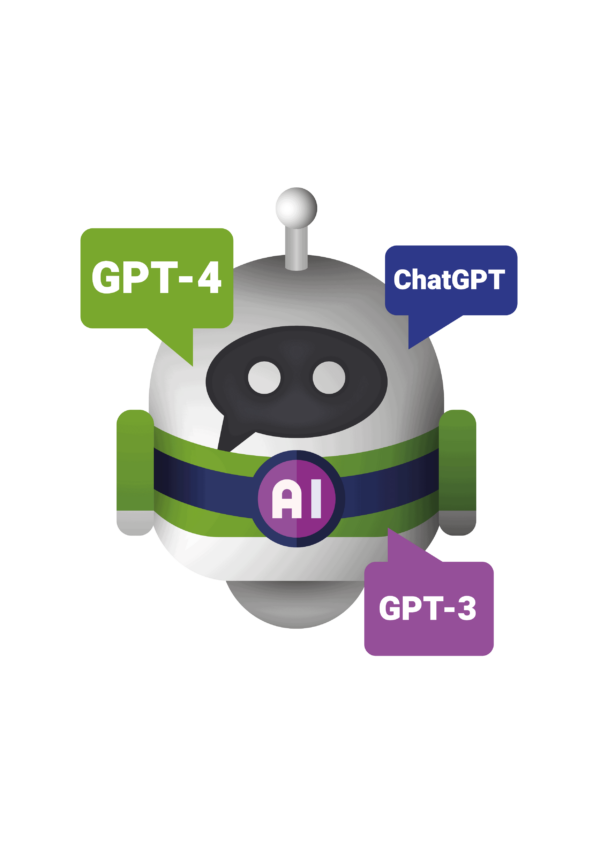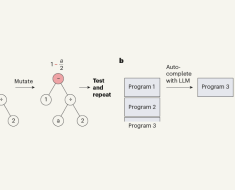
Bots, Customer Service Transformation, Large Language Models
In today’s data-driven world, businesses are constantly seeking ways to better understand their customers and improve their offerings. Natural Language Understanding (NLU) plays a pivotal role in this endeavor, as it enables companies to extract valuable insights from customer interactions.
Traditional NLU systems have long been the backbone of customer insights, but they often fall short when it comes to handling the complexities of human language. Enter Large Language Models (LLMs), which are revolutionizing NLU by significantly improving its training. In this blog post, we’ll explore how LLMs are transforming customer insights by enhancing the training of traditional NLU systems.
What are the Challenges of Traditional NLUs?
Traditional NLU systems have made significant strides over the past decade, but they are not without their challenges. Here are some common issues faced by these systems:
-
- Limited Training Data: Traditional NLUs require Bot Builders to assemble an expansive number of sample utterances. The production of samples has been shown hard for humans to create, especially without bias. As the number of intents scales, the challenge of original and differentiated utterances becomes more difficult to produce.
- Real-world data does not match Training Data(“Domain Shift”): Commonly, after Bot Builders have assembled their first training data, they set their bot into production and become dismayed at poor performance. After some analysis, it is most often they learn that the training data they spent so long on does not match the real-world data coming from their users.
- Limited Language Diversity: Traditional NLUs rely on a relatively small dataset composed of samples that attempt to represent typical customer interactions in a general manner. However, due to the scarcity of these samples, they often fail to capture the full spectrum of how diverse users employ our intricate languages. This inherent limitation makes these NLUs less adaptable to the continuously evolving nature of language, as they lack the comprehensive understanding needed to handle the rich nuances and variations in user interactions.
Why Large Language Models?
Large Language Models, like ChatGPT, Bard, & LLaMA, have emerged as game-changers in the field of NLU. These models leverage deep learning techniques and massive amounts of training data to address many of the shortcomings of traditional NLUs. Here’s how they are improving customer insights:
- Contextual Understanding: Large Language Models excel at contextual understanding. Based on attention mechanisms, LLMs analyze text in relation to the surrounding words and phrases, enabling them to interpret customer queries and feedback with a higher degree of accuracy.
- Enhanced Language Coverage: Large Language Models have been trained on vast amounts of text from the internet, giving them a broader and more up-to-date understanding of language. This makes them better equipped to handle various dialects, slang, and emerging language trends.
- Content Generation: Large Language Models can assist in content generation. They can help businesses craft compelling product descriptions, email marketing campaigns, and social media posts that resonate with the target audience. They can also be used to generate sample utterances for business intents that represent the diversity of their consumers.
Improving NLU Training with Large Language Models
To harness the power of Large Language Models for enhancing customer insights, businesses can take the following steps:
Data Enrichment: Use LLMs to enrich your existing training data. This can help you uncover hidden insights and trends that traditional NLUs might have missed.
- Sparse Data – Generate Intent Samples with Diversity: Traditional NLUs often suffer from data scarcity, which can result in a limited understanding of user intents. LLMs can help by generating diverse intent samples. By using LLMs to generate a broader range of user queries or intents, you can effectively augment your training data. This diversity ensures that the NLU system can better recognize and respond to a wider array of user inputs, reducing the chances of misclassification and enhancing overall accuracy.
- Balance Data – Avoid Throwing Off Intent Probabilities:
While generating additional data, it’s crucial to maintain the balance of intent probabilities. LLMs can be fine-tuned to generate samples that don’t skew the distribution of intents in your dataset. This ensures that the NLU model doesn’t become biased towards certain intents and maintains a fair representation of user queries. Balancing data during enrichment prevents the NLU from misclassifying intents due to an overrepresentation of some at the expense of others. - Multiple Topics Variety (for Learning) – Generate Sub-Intent Content:
To help Traditional NLUs learn and adapt to a broader range of topics, LLMs can be utilized to generate sub-intent content. This involves breaking down high-level intents into sub-intents or related topics. For instance, if your NLU handles travel queries, you can generate sub-intents like “flight booking,” “hotel reservations,” and “itinerary planning.” By training the NLU on these sub-intents, it becomes more proficient in understanding and responding to nuanced user requests that span multiple topics, thus improving its ability to handle complex queries. - Intent Overlap – Eliminate Confusion, Avoid Making Things Worse:
LLMs can also be employed to identify and eliminate utterances causing intent overlap or confusion. These models have a strong grasp of language semantics and context, allowing them to spot instances where multiple intents are triggered by similar queries. By identifying and removing or rephrasing such ambiguous utterances during the data enrichment process, you can prevent further confusion and ensure that your NLU performs better in disambiguating user intents.
Real-time Analysis: Implement LLM-based NLU systems to analyze customer interactions in real-time. This allows for immediate feedback and adjustments to improve customer experiences.
- Missed Input Processing:
In real-time analysis, Large Language Models can play a vital role in identifying and addressing missed input processing. When an NLU system fails to recognize or misclassifies a user’s input, LLMs can step in to analyze the input’s context and intent more comprehensively. - New Intent Detection:
In dynamic environments, NLU systems must adapt to evolving user intents. LLMs can be instrumental in real-time new intent detection:
– Anomaly Detection: Large Language Models can analyze incoming user queries for patterns that do not align with existing intents. When an unusual or unrecognized intent is detected, the system can trigger a process to gather additional information, learn from the new intent, and adapt over time.
– Intent Prototyping: Large Language Models can generate prototype intents based on emerging user requests. These prototypes can serve as starting points for creating new intents within the NLU system, ensuring that it remains up-to-date and capable of addressing novel user needs.
- False Positive Detection:
False positives occur when an NLU system incorrectly identifies an intent where none exists. Large Language Models can analyze the context of a conversation to determine if an identified intent is consistent with the user’s overall communication. If the intent seems out of place or contextually incongruent, the LLM can suggest alternative interpretations or seek clarification.
Conclusion
Incorporating Large Language Models into NLU training is a significant step toward improving customer insights. These models excel in understanding the nuances of language, providing better context, and handling ambiguity, all of which are essential for extracting valuable information from customer interactions. By embracing LLMs, businesses can unlock a deeper understanding of their customers, leading to more informed decision-making and enhanced customer experiences. In the rapidly evolving landscape of customer insights, LLMs are proving to be the catalyst for transformation.
Next up, is it time to switch to LLM’s?




